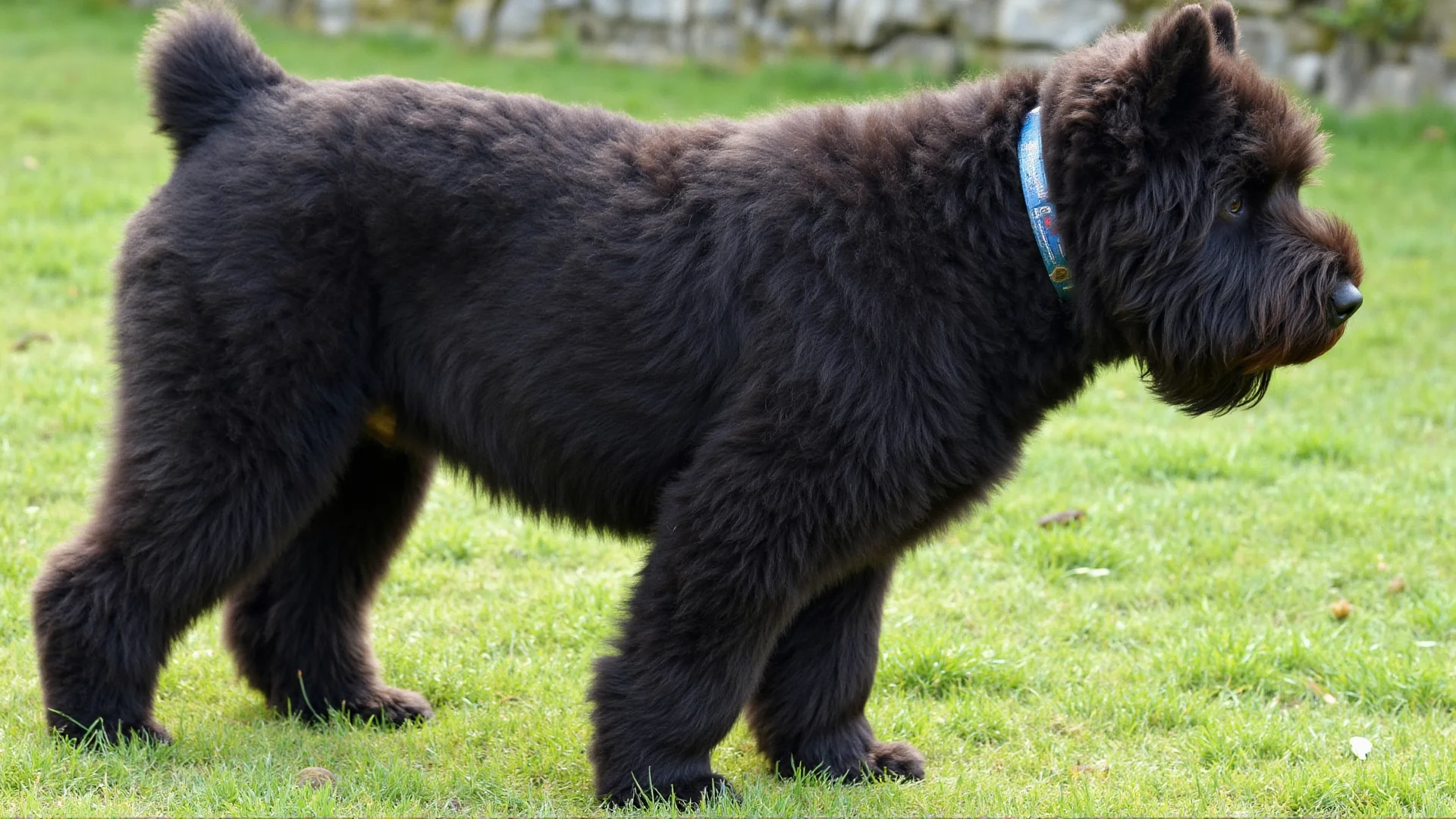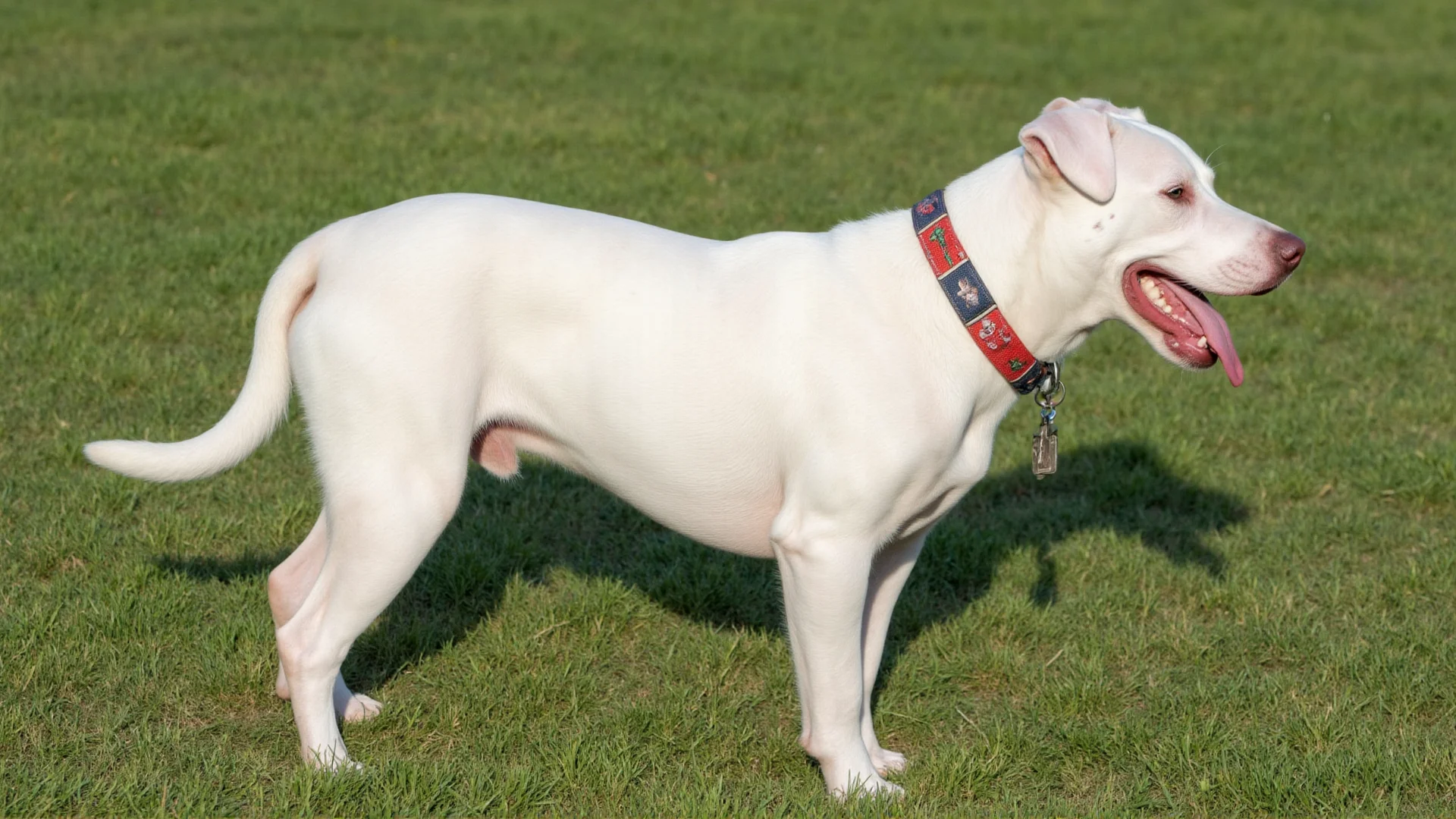Unleashing the Energy: A Complete Exercise Guide for West Highland White Terriers
West Highland White Terriers may be small in size, but they pack an incredible amount of energy into their compact frames. Understanding and properly channeling this energy is crucial for maintaining a happy, healthy, and well-behaved Westie.
Understanding Your Westie's Energy Profile
West Highland White Terriers were originally bred in Scotland for hunting small game, which means they possess an inherent drive for activity and exploration. This terrier energy manifests in several ways:
- High Mental Stimulation Needs: Westies require constant mental challenges to prevent boredom
- Burst Energy Patterns: They tend to have intense periods of activity followed by rest
- Strong Prey Drive: Their hunting instincts fuel their desire to chase and explore
- Social Energy: They thrive on interaction with their human family members
A typical adult Westie requires 45-60 minutes of structured exercise daily, but this can vary based on age, health, and individual temperament. Puppies and young adults often need more, while senior dogs may require modified exercise routines.
Daily Exercise Essentials
Morning Energy Release
Start your Westie's day with a brisk 15-20 minute walk. This initial exercise helps establish a positive tone for the day and prevents destructive behaviors that can result from pent-up energy. During this morning walk, allow your dog to sniff and explore their environment, as mental stimulation is just as important as physical exercise.
Interactive Play Sessions
Incorporate 2-3 interactive play sessions throughout the day, each lasting 10-15 minutes. These sessions should include:
- Fetch Games: Use tennis balls or favorite toys to engage their natural retrieval instincts
- Tug-of-War: This satisfies their terrier tenacity while providing excellent physical exercise
- Hide and Seek: Hide treats or toys around the house to stimulate their hunting instincts
- Puzzle Toys: Rotate different puzzle feeders and interactive toys to maintain interest
Evening Wind-Down
End the day with a calmer 15-20 minute walk, followed by some gentle indoor play or training exercises. This helps your Westie transition into rest mode and promotes better sleep patterns.
High-Energy Activities for Active Westies
Agility Training
Despite their small stature, West Highland White Terriers excel at agility training. Set up a simple course in your backyard using:
- Low jumps (6-8 inches high)
- Tunnel crawls
- Weave poles
- Balance beams or planks
Start with basic obstacles and gradually increase complexity as your dog masters each element. This activity provides both physical exercise and mental stimulation while strengthening your bond.
Hiking and Trail Walking
Westies make excellent hiking companions for moderate trails. Their sturdy build and determined nature allow them to tackle various terrains. When hiking with your Westie:
- Start with shorter trails (1-2 miles) and gradually increase distance
- Bring plenty of water for both you and your dog
- Check paws regularly for cuts or debris
- Consider protective booties for rough terrain
- Keep them on a leash to prevent chasing wildlife
Swimming Activities
While not all Westies are natural swimmers, many enjoy water activities with proper introduction. Swimming provides excellent low-impact exercise, especially beneficial for older dogs or those with joint issues. Always supervise water activities and consider a life jacket for safety.
Mental Stimulation: The Other Half of Exercise
Physical exercise alone isn't enough for these intelligent terriers. Mental stimulation is equally important and can actually tire them out more effectively than physical exercise alone.
Training Sessions as Exercise
Incorporate short, frequent training sessions throughout the day. Teaching new tricks, practicing obedience commands, or working on problem-solving exercises engages their minds and satisfies their need for mental challenges.
Scent Work and Nose Games
Tap into your Westie's exceptional sense of smell with scent-based activities:
- Hide treats around the house for them to find
- Use snuffle mats during feeding time
- Teach them to identify different scents
- Create treasure hunts in the yard
Rotation of Toys and Activities
Keep a selection of toys and rotate them weekly to maintain novelty and interest. This prevents boredom and keeps your Westie engaged with their environment.
Age-Appropriate Exercise Modifications
Puppy Energy Management (8 weeks - 12 months)
Westie puppies have boundless energy but require careful exercise management to protect their developing joints:
- Limit forced exercise to 5 minutes per month of age, twice daily
- Focus on free play rather than structured exercise
- Provide frequent rest periods
- Emphasize socialization and basic training
Adult Energy Peak (1-7 years)
This is when your Westie will have the highest energy levels and can handle the most intensive exercise routines. This is the ideal time for:
- Advanced agility training
- Longer hiking adventures
- Competitive activities like earthdog trials
- Regular high-intensity play sessions
Senior Considerations (8+ years)
As your Westie ages, adapt their exercise routine to accommodate changing needs:
- Shorter, more frequent walks
- Low-impact activities like swimming
- Continued mental stimulation to prevent cognitive decline
- Monitor for signs of fatigue or discomfort
Weather Considerations and Indoor Alternatives
West Highland White Terriers are hardy dogs, but extreme weather conditions require exercise modifications.
Hot Weather Precautions
During summer months or in hot climates:
- Exercise during cooler morning and evening hours
- Provide plenty of fresh water
- Watch for signs of overheating
- Consider indoor activities during peak heat
Cold Weather Adaptations
While Westies have a double coat, extreme cold may require:
- Shorter outdoor sessions
- Protective clothing in very cold conditions
- Paw protection from ice and salt
- Indoor exercise alternatives
Indoor Exercise Ideas
For days when outdoor exercise isn't possible:
- Stair climbing exercises
- Indoor fetch in hallways
- Hide and seek games
- Treadmill training (with proper introduction)
- Interactive puzzle feeders
Signs Your Westie Needs More Exercise
Recognizing when your West Highland White Terrier isn't getting enough physical and mental stimulation is crucial for maintaining their well-being:
Behavioral Indicators
- Destructive behaviors: Chewing furniture, digging, or tearing up household items
- Excessive barking: Vocalization without apparent cause
- Hyperactivity: Inability to settle down or relax
- Attention-seeking behaviors: Constantly demanding interaction
- Escape attempts: Trying to dig under fences or bolt out doors
Physical Signs
- Weight gain despite proper diet
- Decreased muscle tone
- Restlessness or pacing
- Changes in sleep patterns
Creating an Exercise Schedule That Works
Consistency is key when managing your Westie's energy levels. Here's a sample daily schedule that can be adapted to your lifestyle:
Morning Routine (7:00-8:00 AM)
- 20-minute brisk walk
- 5-minute training session
- Interactive feeding with puzzle toy
Midday Break (12:00-12:30 PM)
- 15-minute backyard play session
- Mental stimulation activity
Evening Activities (5:00-6:30 PM)
- 30-minute walk or hike
- 15-minute intensive play (fetch, tug-of-war)
- Training or trick practice
Before Bed (9:00-9:30 PM)
- Calm 10-minute walk
- Gentle indoor play or puzzle toy
Safety Considerations
While exercising your energetic Westie, always prioritize safety:
- Proper identification: Ensure your dog wears ID tags and consider microchipping
- Leash training: Use appropriate leashes and harnesses for control
- Hydration: Always bring water on longer outings
- Paw care: Check paws regularly for injuries or foreign objects
- Vaccination status: Keep vaccinations current before exposing to other dogs
- Know your limits: Understand your dog's fitness level and don't overdo it




